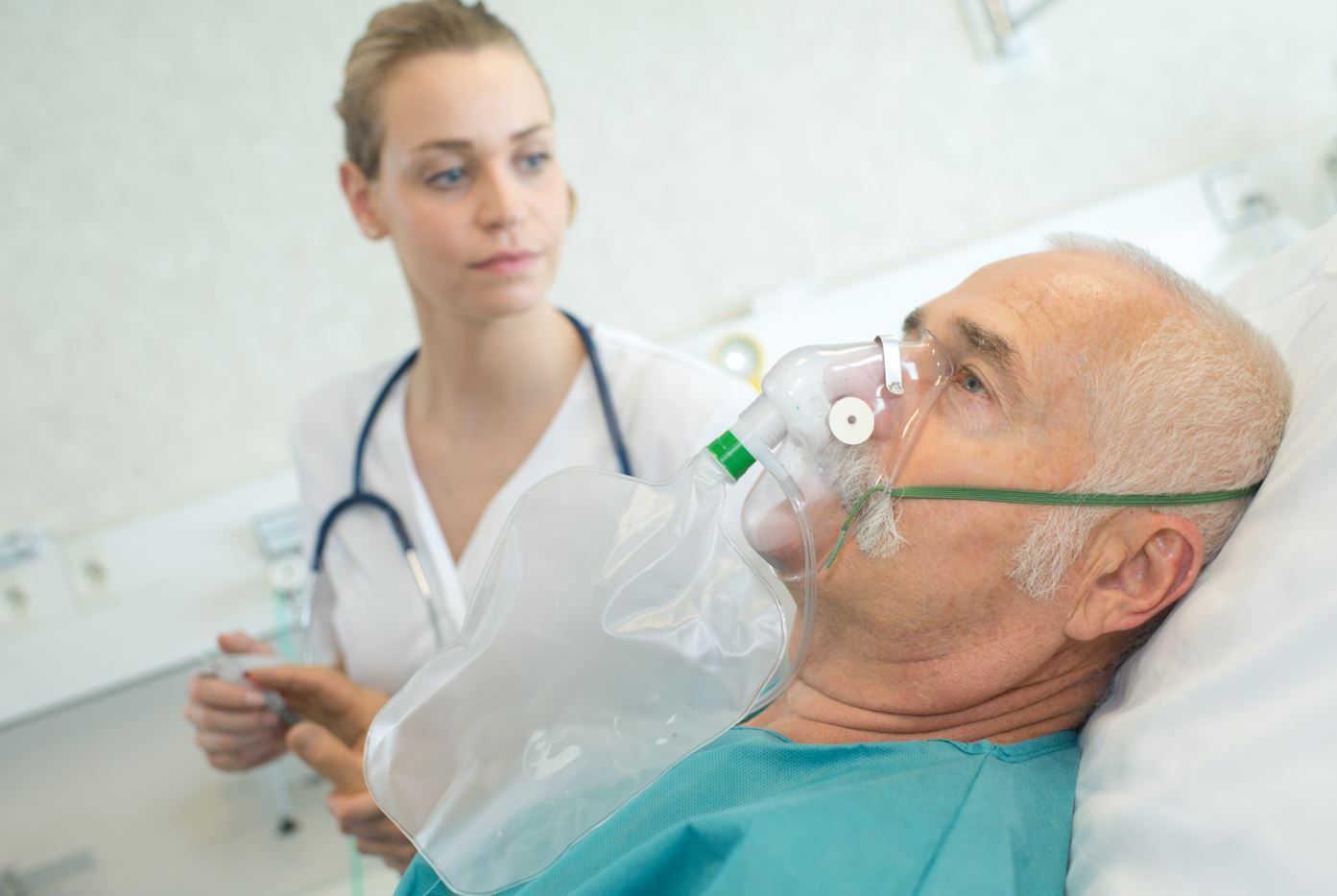Vaccination of Older Adults Against RSV Could Reduce Symptomatic Cases by 1 Million per Year: Modeling Study
The study looked at the impact over 3 years but found that most of the averted burden, including more than 8000 fewer deaths, occur in the first year after vaccination.
Vaccination with one dose of the adjuvanted RSVPreF3 vaccine (Arexvy; GSK) of all US adults aged 60 years and older could prevent approximately 3 million cases of symptomatic respiratory syncytial virus (RSV) acute respiratory illness (ARI) over 3 years, including more than 200 000 hospitalizations and 17 000 deaths compared with no vaccination, according to findings of a modeling study designed to estimate the public health impact of widespread vaccination of eligible recipients.
©auremar/stock.adobe.com

In the base-case analysis approximately 56.7 million adults aged 60 years and older received the vaccine. Estimates of vaccination impact on the population most vulnerable to complications of RSV also showed a decrease of 321 019 cases of pneumonia confirmed by X-ray and significant decreases in RSV-related healthcare utilization, including 203 891 hospitalizations, 164 060 visits to the emergency department, 1 577 586 outpatient visits, and 1 343 915 prescriptions for antibiotics over the 3-year period. Across various sensitivity analyses, investigators observed a consistent public health benefit.
Based on the 3-year time horizon built into the model, the study authors reported that the majority of the “averted” RSV burden is achieved during the first year after vaccination, with approximately 1.7 million RSV-ARI cases, more than 102 000 RSV related hospitalizations, and nearly 8400 RSV related deaths avoided.
“Our model’s base-case results are consistent with other decision analytic models that have estimated substantial public health benefits of RSV vaccination among older adults,” investigators wrote in the journal Infectious Diseases and Therapy. “For example, Herring et al found that vaccinating 65.3% of US adults aged ≥ 60 years with a hypothetical RSV vaccine with a VE of 50% against overall RSV and 65% against msLRTD would result in approximately 1.2 million fewer RSV infections overall.” A second study assessing the impact of both RSVPreF3 and the RSVpreF vaccine (Abrysvo; Pfizer) vs no vaccination, vaccinating 66% of the same population would result in 53.6% fewer outpatient visits, 60.5% fewer hospitalizations, and 60.4% fewer deaths with the former.
To project RSV-related outcomes over 3 years, the researchers used a static, multi-cohort Markov model for scenarios with and without 1 time vaccination against RVS. For the base-case analysis, the model assumed a vaccination uptake rate similar to influenza using epidemiology and vaccine data from existing literature and phase 3 trials of the adjuvanted RSVPreF3 vaccine. Modeled outcomes included clinical burden of RSV and related use of health care resources.
The Markov model and its inputs account for US population characteristics (size, age distribution, and all‑cause mortality), RSV epidemiological data, health care resource use, vaccine efficacy and waning, and vaccination coverage in older adults. Mirroring the labeled indication for the adjuvanted RSVPreF3 vaccine, the modeled population included all US adults aged ≥ 60 years (n = 82 862 258), based on US Census Bureau population projections for 2023.
In their discussion of the benefits of vaccination against RSV, the authors note that adults in this age group whose RSV infection is severe enough to require hospitalization may require transfer to higher levels of care or to step-down care to account for persistent functional decline, sequelae that further disrupt an individual’s life and wellbeing and possibly that of caretakers and also increase the burden on the health care system. Particularly during respiratory virus season when RSV infection reaches a peak, avoided health care utilization, eg, outpatient and emergency department visits, could relieve stress on the overall system and possibly enhance the quality of care for others.
Among the study’s limitations the authors point to its analysis of the impact of RSV vaccination in the general population of adults aged ≥60 years, without prioritizing those at higher risk of severe RSV. Also, the analysis does not account for vaccine efficacy (VE) against RSV-lower respiratory tract disease, even though phase 3 clinical trials found VE of 94.1% in the first season following vaccination. Nor did the analysis consider disease attenuation from vaccination or broader healthcare system impacts beyond reduced visits and hospitalizations. Additionally, the model assumes RSV-related deaths only follow hospitalizations, potentially undercounting total RSV-related deaths by excluding other scenarios.
The authors conclude by noting that there is potential for the RSVPreF3 vaccine in combination with the RSVpreF shot to provide a substantial health benefit. “To achieve this public health impact, efforts will be needed to support RSV vaccination, particularly focusing on vaccination of older adults at highest risk for severe RSV outcomes,” they wrote.